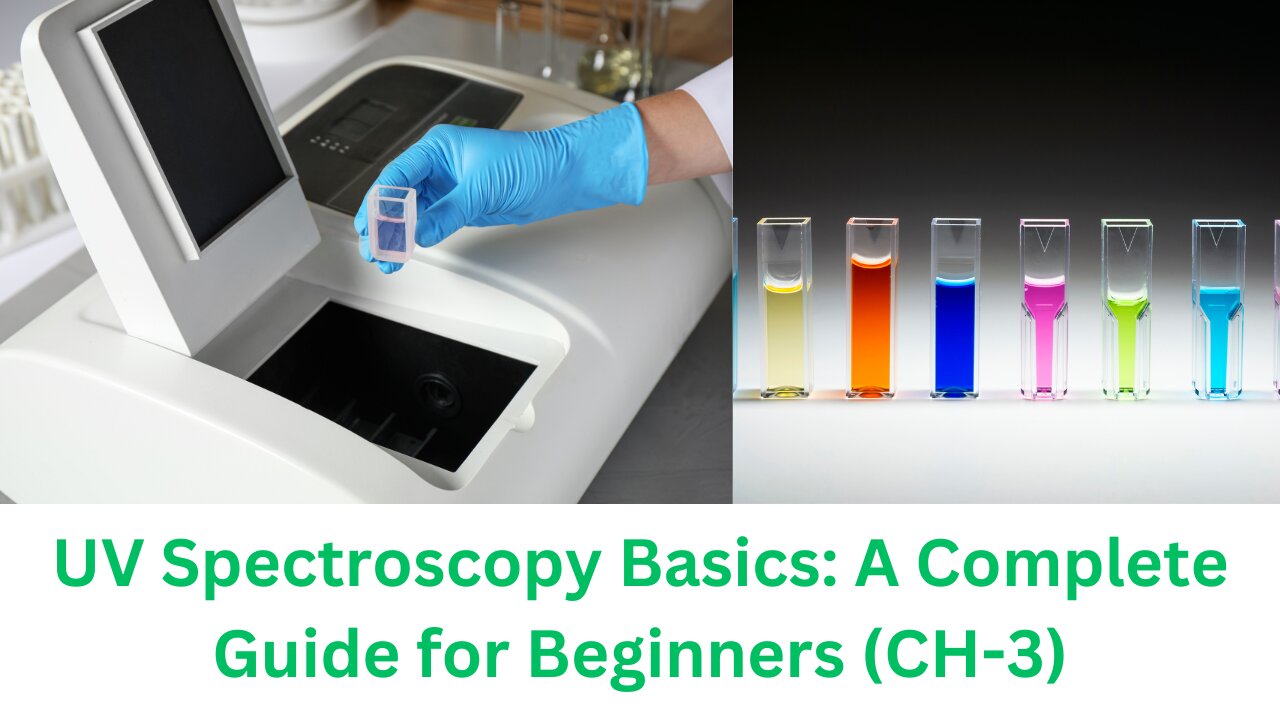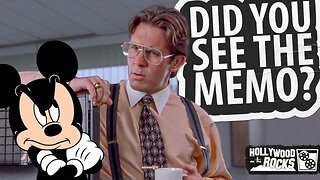Premium Only Content

UV spectroscopy (Chapter 3)
UV Spectroscopy (Ultraviolet Spectroscopy) is an analytical technique used to measure the absorbance or transmittance of UV light by a substance. It operates within the UV region of the electromagnetic spectrum, specifically between 200 and 400 nanometers. UV spectroscopy is widely used in chemistry, biology, and environmental sciences due to its ability to provide valuable information about the molecular structure, concentration, and behavior of different substances.
Key Principles of UV Spectroscopy
Absorption of UV Light: Molecules absorb UV light at specific wavelengths, causing electrons to transition from a ground state to an excited state. The specific wavelengths and intensities of absorbed light depend on the electronic structure of the molecule, particularly the types of bonds and functional groups present.
Electronic Transitions: UV spectroscopy primarily involves electronic transitions, such as π to π*, n to π*, and σ to σ* transitions. These transitions occur in various types of chemical bonds, such as double bonds or lone pairs, and are useful in identifying unsaturated compounds or those with aromatic rings.
Beer-Lambert Law: UV spectroscopy often uses the Beer-Lambert Law to determine the concentration of an analyte in a solution. According to this law, the absorbance of a substance is directly proportional to its concentration and the path length of the UV light through the sample. This makes UV spectroscopy an effective tool for quantitative analysis.
Applications of UV Spectroscopy
Identifying Compounds: UV spectroscopy is valuable in identifying organic compounds with conjugated systems, such as aromatic rings, which have distinct absorption patterns.
Quantitative Analysis: It is used to determine the concentration of compounds in a solution, especially in pharmaceuticals, biochemistry, and environmental monitoring.
Quality Control and Purity Testing: UV spectroscopy helps assess the purity of chemical compounds and detect contaminants, making it essential in industries like pharmaceuticals and food production.
Studying Reaction Kinetics: Researchers use UV spectroscopy to monitor reaction rates and study kinetic behavior by observing changes in absorbance over time.
Advantages of UV Spectroscopy
Non-Destructive: UV spectroscopy is a non-destructive method, meaning the sample remains intact after analysis.
Quick and Simple: It provides rapid results and requires minimal sample preparation.
High Sensitivity: UV spectroscopy is highly sensitive and can detect even small concentrations of analytes.
In summary, UV spectroscopy is a versatile, fast, and effective tool for identifying and quantifying compounds, offering a deep insight into molecular structures and behaviors across diverse scientific fields.
-
 16:30
16:30
Clintonjaws
6 hours ago $0.49 earnedEntire Room Speechless as Pete Hegseth Snaps Destroying All Media To Their Face
2.21K5 -
 LIVE
LIVE
Dad Saves America
2 hours agoHow Greek Philosophers Created Western Civilization: The Death of Debate - Pt 2
35 watching -
 LIVE
LIVE
LFA TV
19 hours agoLIVE & BREAKING NEWS! | WEDNESDAY 12/03/25
1,290 watching -
 1:05:46
1:05:46
The Quartering
3 hours agoNew Epstein Video Drops! The US Economy Has SCARY Numbers Released & More
102K20 -
 1:07:11
1:07:11
The White House
6 hours agoPresident Trump Makes an Announcement, Dec. 3, 2025
14.5K15 -
 LIVE
LIVE
Film Threat
22 hours agoINSIDE THE DECLINE OF DISNEY! A WARNING FROM THE PAST | Hollywood on the Rocks
198 watching -
 1:15:43
1:15:43
DeVory Darkins
4 hours agoDISTURBING: Gavin Newsom makes FATAL MISTAKE after Criminal Illegal Alien kills 11 year old boy
118K72 -
 2:53:35
2:53:35
MattMorseTV
4 hours ago $9.88 earned🔴Trump's HUGE ANNOUNCEMENT.🔴
34.6K42 -
 1:18:21
1:18:21
Sean Unpaved
5 hours agoArch Manning & Texas ELIMINATED From College Football Playoff Contention | UNPAVED
40.9K3 -
 1:59:06
1:59:06
The Charlie Kirk Show
5 hours agoBlackpilled Zoomers + Charlie's Sabbath + Minnesota Meltdown | Bowyer, Turek, Glahn | 12.3.2025
75.3K31